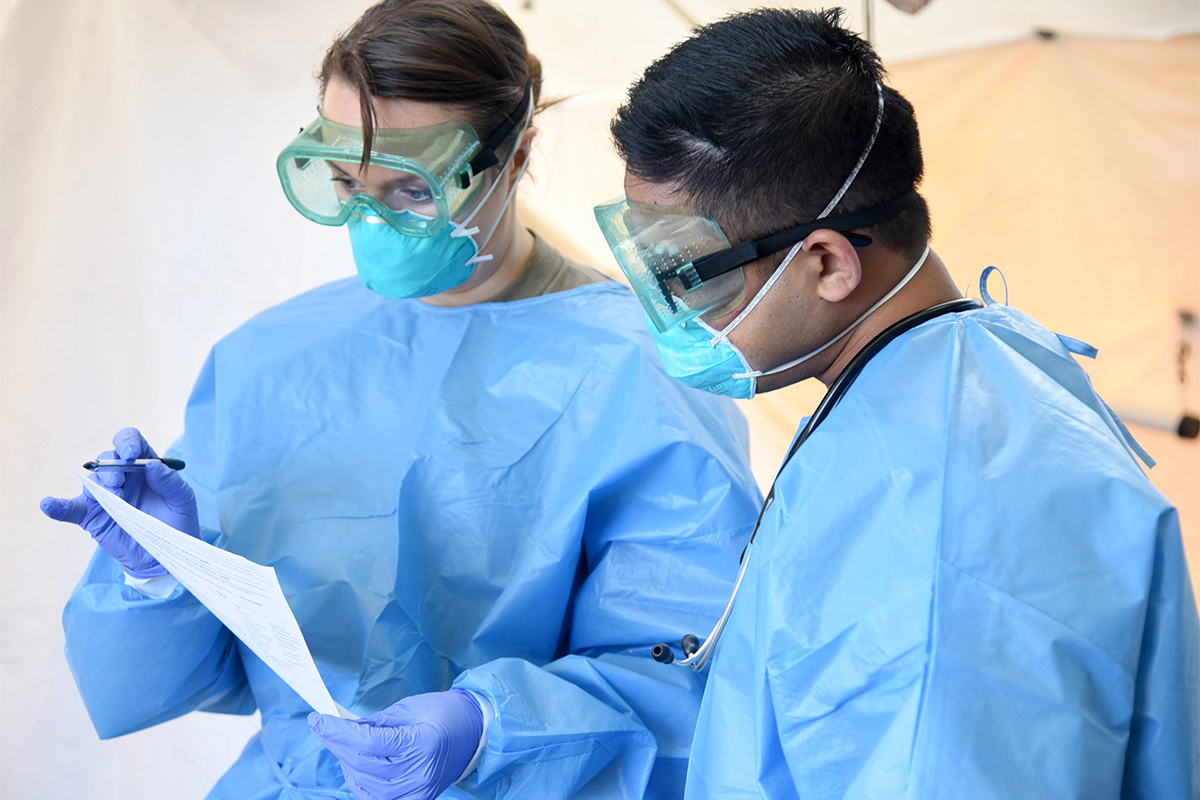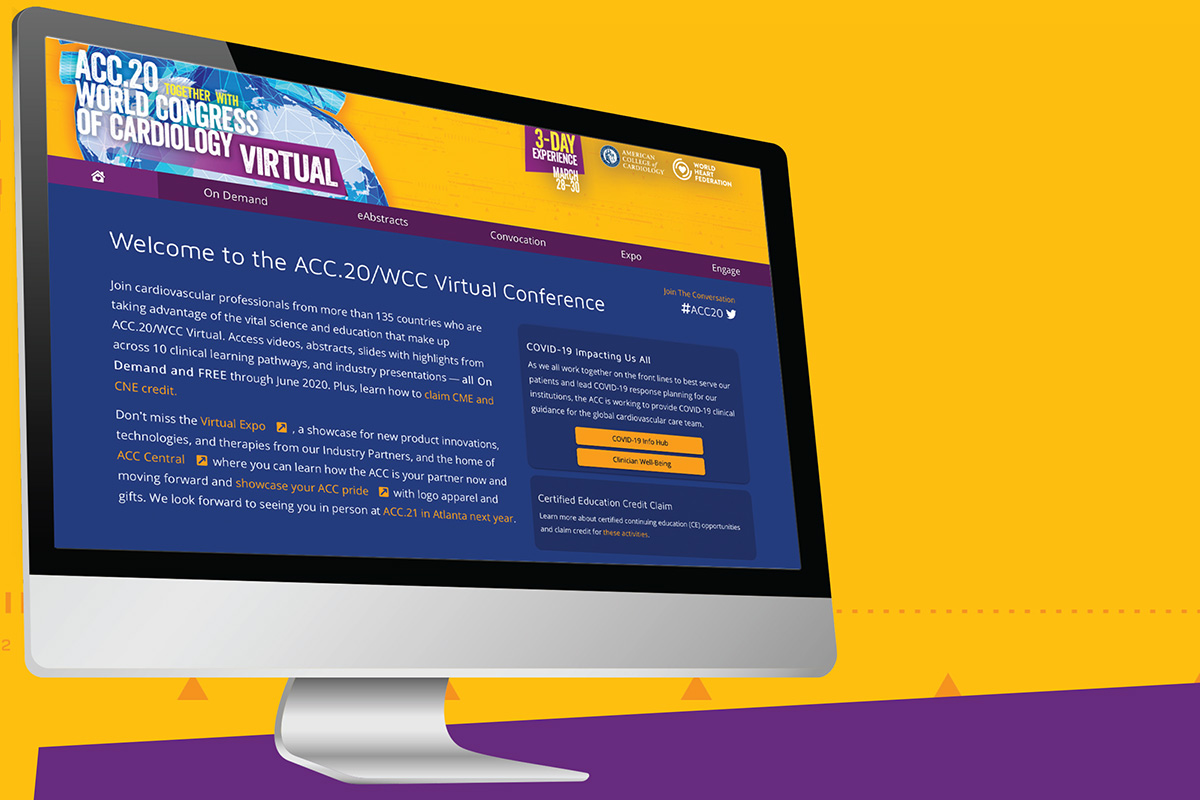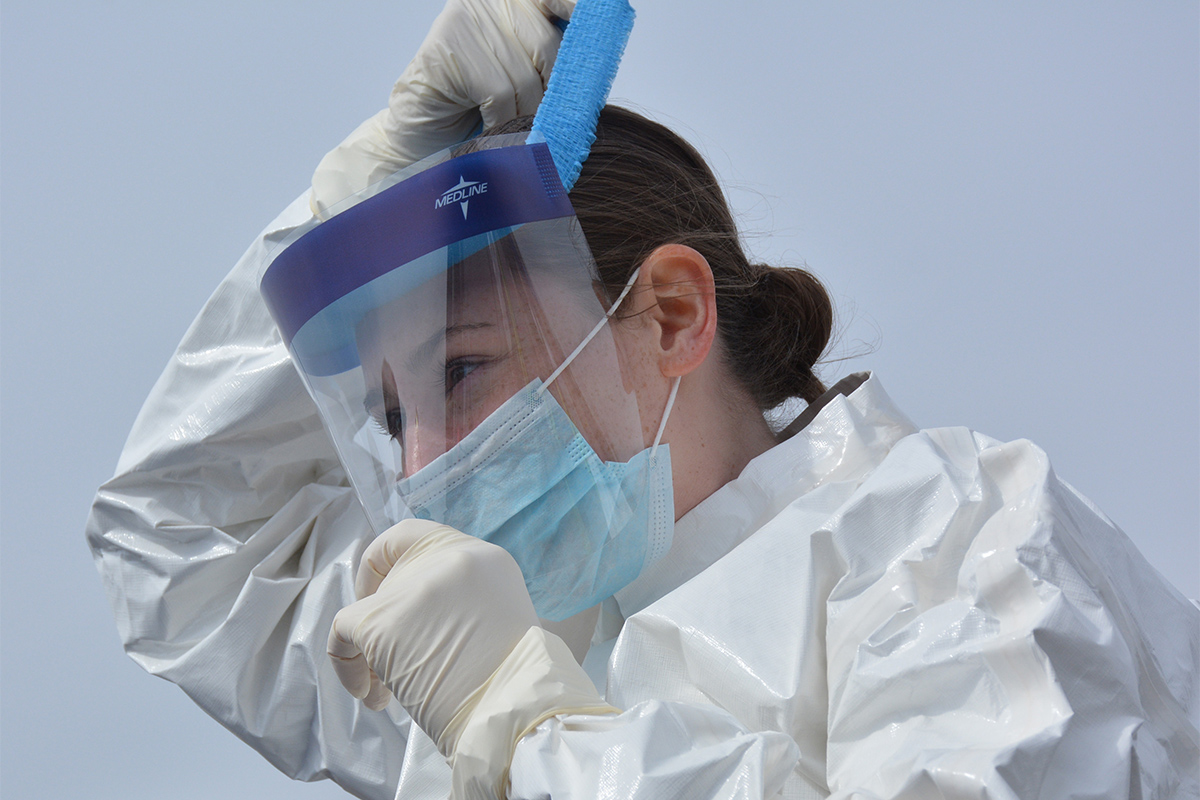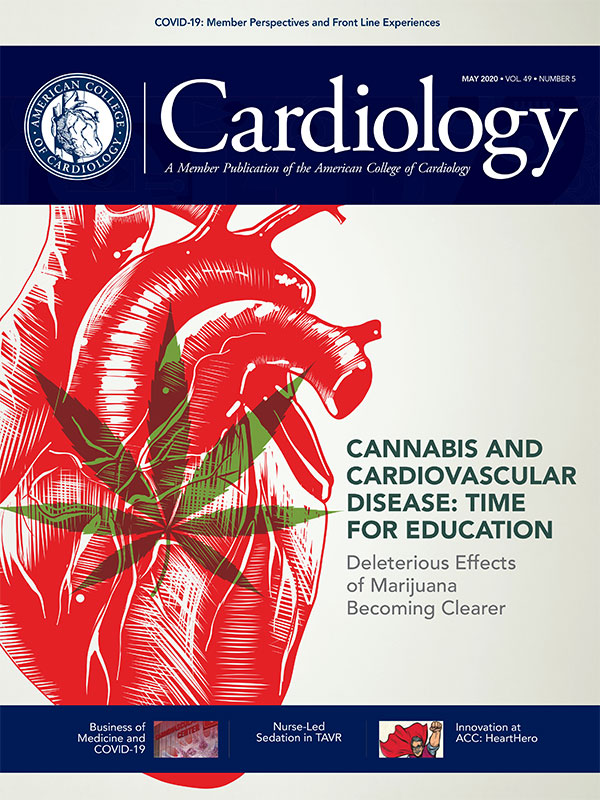COVID-19 Pandemic: A Fellow-in-Training Perspective

The global pandemic caused by disease from the novel SARS-CoV-2 virus has had an unparalleled impact on our society, health care systems and cardiovascular community, including fellows-in-training (FITs).
Unprecedented efforts at a global, national and local level have been undertaken to mitigate disease transmission and "flatten the curve" to decrease coronavirus disease (COVID-19)-related morbidity and mortality and to ease demand on health care systems.
Cardiology FITs throughout the country are at the front lines of this epidemic.
In this article, we discuss the FIT frontline experience, disruptions in fellowship training, and novel opportunities for FITs and fellowship programs during this COVID-19 pandemic.
The COVID-19 outbreak has led to a critical shortage of health care workers. As a result, trainees across the U.S. are being redeployed in areas outside of their specialty.
Due to extensive medical training and their procedural skill set, cardiology FITs are uniquely equipped to provide high level, inpatient care in both cardiovascular and noncardiovascular settings.
Time and again, we hear stories of FITs on the front lines caring for patients in emergency departments, intensive care units and general medicine wards.
Training Disruption and Novel Opportunities

In the midst of the COVID-19 pandemic, there have been significant disruptions and novel opportunities in cardiology training across the U.S. in four major domains: patient exposure, procedural experience, didactic education and clinical investigation.
A radical transformation of the American health care system over the past few months has led to a number of challenges in caring for patients with cardiac disease.1
FITs across general cardiology and cardiac subspecialties have served in primary roles in noncardiac clinical services to help address the COVID-19 pandemic, traditional cardiac rotations have been suspended, and non-COVID-19 patients with significant comorbid conditions with nonurgent medical issues have often been steered away from physical encounters.
Consequently, FITs have seen a decrease in volume of primary cardiac patients, with decreased opportunities for detailed clinical assessments, physical examinations, and performance and analysis of cardiac testing, including right heart catheterization, coronary angiography and interventions, echocardiograms, stress testing, pacemaker and defibrillator implantations, and advanced mechanical support.2
This may translate to future difficulty in achieving the volume of exposure recommended in ACC's Core Cardiovascular Training statement (COCATS) requirements.2

Conversely, novel mechanisms such as electronic consultations ("e-consults") for COVID-19 patients have been established to address inpatient cardiac consultation demands, providing critical clinical insights while limiting exposure for patients and health care professionals and minimizing personal protective equipment (PPE) utilization.
Virtual and telemedicine visits have become a primary mechanism for routine outpatient care at many institutions, and telehealth platforms have been utilized for FITs and attending physicians to facilitate clinical decision-making.2,3
There has been significant interruption in gaining experience in performing cardiac procedures, translating to a lack of exposure to a number of elective procedures, particularly in the interventional and electrophysiology subspecialties.4
A recent report showed a 38% reduction in STEMI volume, which may create challenges in exposure and experiential learning for both general cardiology fellows and cardiac subspecialties, including interventional cardiology and critical care cardiology.2,4
Anecdotally, this dearth of procedures may be compounded by the fact that patients are choosing to stay home rather than seek medical care, even in the setting of an emergency. Given the finite time allotted during subspecialty training, exposure to a certain volume of cases is paramount for achieving proficiency in preparation for independent practice.2

While adherence to social distancing principles has resulted in formal, in-person didactic lectures and national/international conference disruptions, a novel mechanism of virtual learning and virtual meetings has rapidly taken its place.
Academic institutions across the country have looked towards shifting their curriculum through virtual platforms such as Zoom, Skype, and Microsoft Teams.3
For the first time in history, we experienced ACC's Scientific Session (ACC.20/WCC) virtually through leveraging technology.
Along with balancing the clinical needs, there is an urgent need for research, innovation and discovery to fight the epidemic.
Cardiology FITs have begun seizing the opportunity to engage in COVID-19-related research avenues across the rapidly evolving population, clinical and basic domains.
Disruptions in patient exposure, procedural experience and didactic education have been well-recognized by the American Board of Internal Medicine (ABIM) and the Accreditation Council for Graduate Medical Education (ACGME).5,6

Clarifications in deficits in required training time and leave of absence policies have been established and the organizations are emphasizing fellow health and well-being. Specifically, healthy trainees required to quarantine due to exposure or previously assigned to nonessential rotations may engage in individualized learning.
Medical care remains the priority in the case that a fellow falls ill.6 The ACGME currently provides supporting resources via an online learning portal and podcasts focused on well-being.7
Furthermore, the ACGME released pandemic emergency status guidance, which allows graduate medical education (GME) programs to self-declare Pandemic Emergency Status. This gives institutions more flexibility to redeploy residents and fellows to meet clinical needs.
The ACGME mandates, however, that fellows can only be redeployed in their area of core specialty (i.e., internal medicine for cardiology FITs), that have adequate resources such as appropriate infection protection and appropriate supervision.5
Conclusion

Mahatma Gandhi once said "the best way to find yourself is to lose yourself in the service of others." This spirit exemplifies the importance of service as FITs across the country transition to address the clinical demands of the COVID-19 pandemic.
Although there has been training disruptions across general and subspecialty programs, novel mechanisms leveraging technology have been implemented to address virtual education and patient care.
Furthermore, professional societies have prioritized personal wellness, flexibility and support for FITs. Though the COVID-19 pandemic has created uncertainty regarding the future leading to a dramatic transformation of our health care system with lasting implications, the resolve of our collective community continues to remain strong.
References
- Rosenbaum L. The untold toll – The pandemic's effects on patients without Covid-19. N Engl J Med 2020;April 17:[Epub ahead of print].
- Defilippis EM, Stefanescu Schmidt AC, Reza N. Adapting the educational environment for cardiovascular fellows-in-training during the COVID-19 pandemic. J Am Coll Cardiol 2020;April 9:[Epub ahead of print].
- Almarzooq Z, Lopes M, Kochar A. Virtual learning during the COVID-19 pandemic: A disruptive technology in graduate medical education. J Am Coll Cardiol 2020;April 9:[Epub ahead of print].
- Garcia S, Albaghdadi MS, Meraj PM, et al. Reduction in ST-segment elevation cardiac catheterization laboratory activations in the united states during COVID-19 pandemic. J Am Coll Cardiol 2020;April 9:[Epub ahead of print].
- ACGME Pandemic Emergency Status Guidance. Three Stages of GME During the COVID-19 Pandemic. Available here. Accessed on April 18, 2020.
- American Board of Internal Medicine. Coronavirus Updates. Available here. Accessed on April 18, 2020.
- ACGME. AWARE Well-Being Resources. Available here. Accessed on April 18, 2020.
Clinical Topics: COVID-19 Hub, Invasive Cardiovascular Angiography and Intervention, Noninvasive Imaging, Stable Ischemic Heart Disease, Vascular Medicine, Interventions and Imaging, Interventions and Vascular Medicine, Angiography, Nuclear Imaging, Chronic Angina
Keywords: ACC Publications, Cardiology Magazine, COVID-19, Pandemics, Coronavirus, Coronavirus Infections, SARS Virus, severe acute respiratory syndrome coronavirus 2, Quarantine, Fellowships and Scholarships, Coronary Angiography, Hospitals, General, Personal Protective Equipment, ST Elevation Myocardial Infarction, Universities, Problem-Based Learning, Education, Distance, Inpatients, Uncertainty
< Back to Listings




